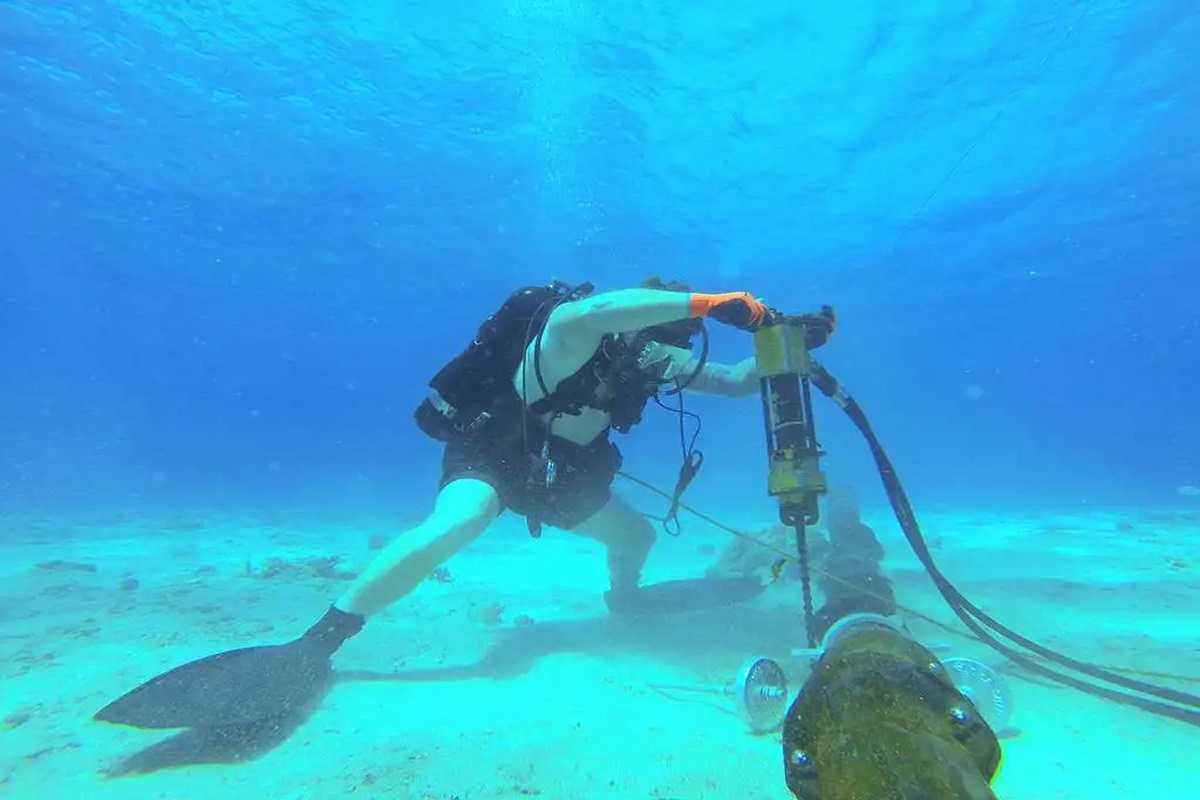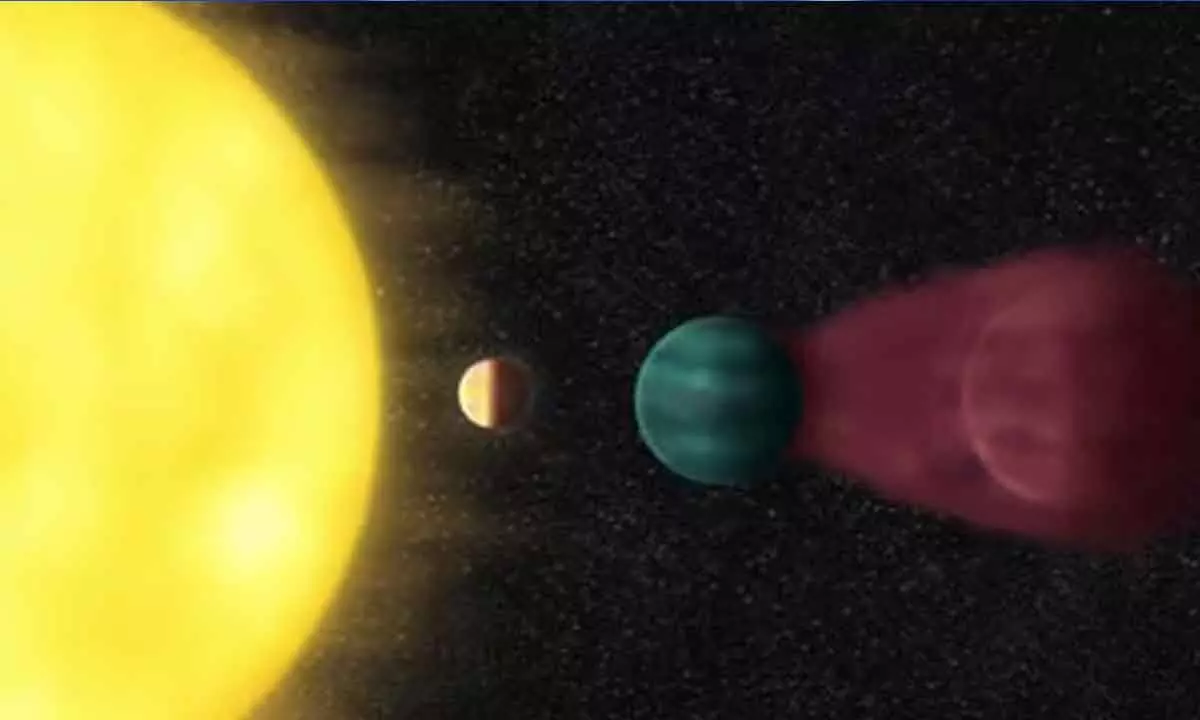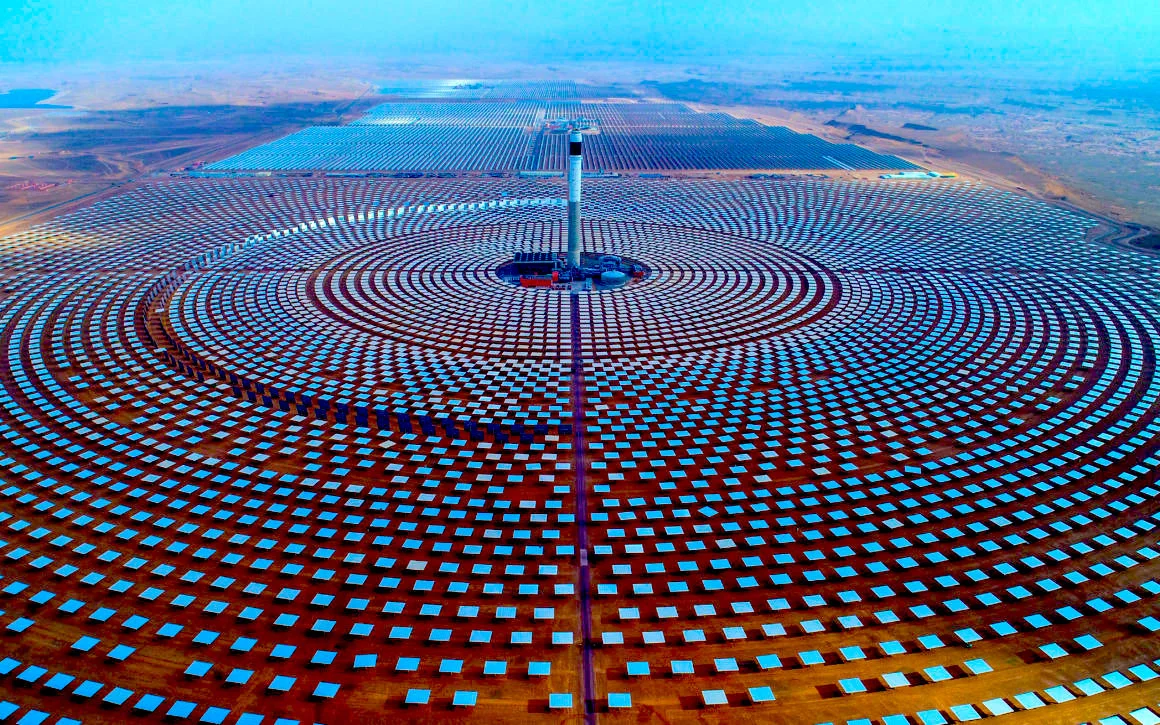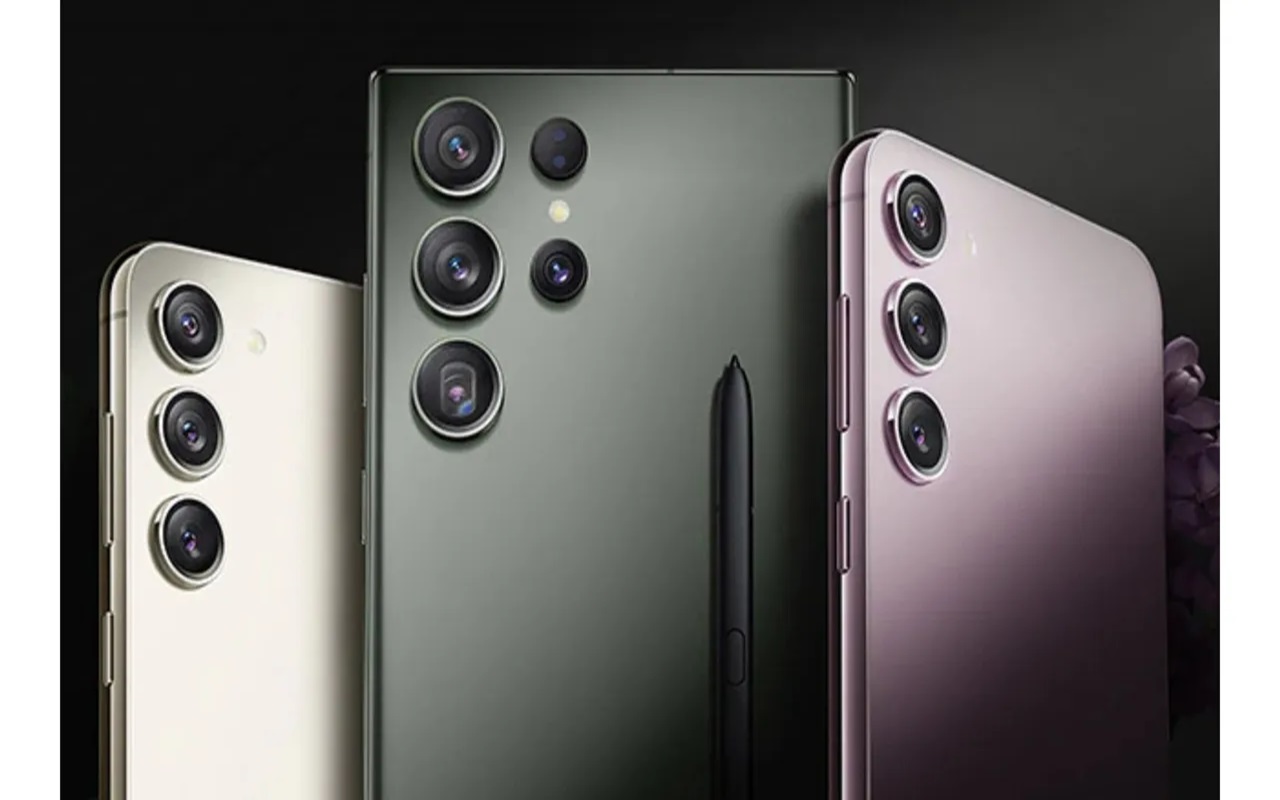Researchers at the Georgia Institute of Technology have developed a faster and more affordable method for printing tiny metal structures using light, offering a scalable solution with the potential to transform various scientific fields. This breakthrough could enable the transition of new technologies from labs to real-world applications by providing a cost-effective alternative to current expensive and slow technologies.
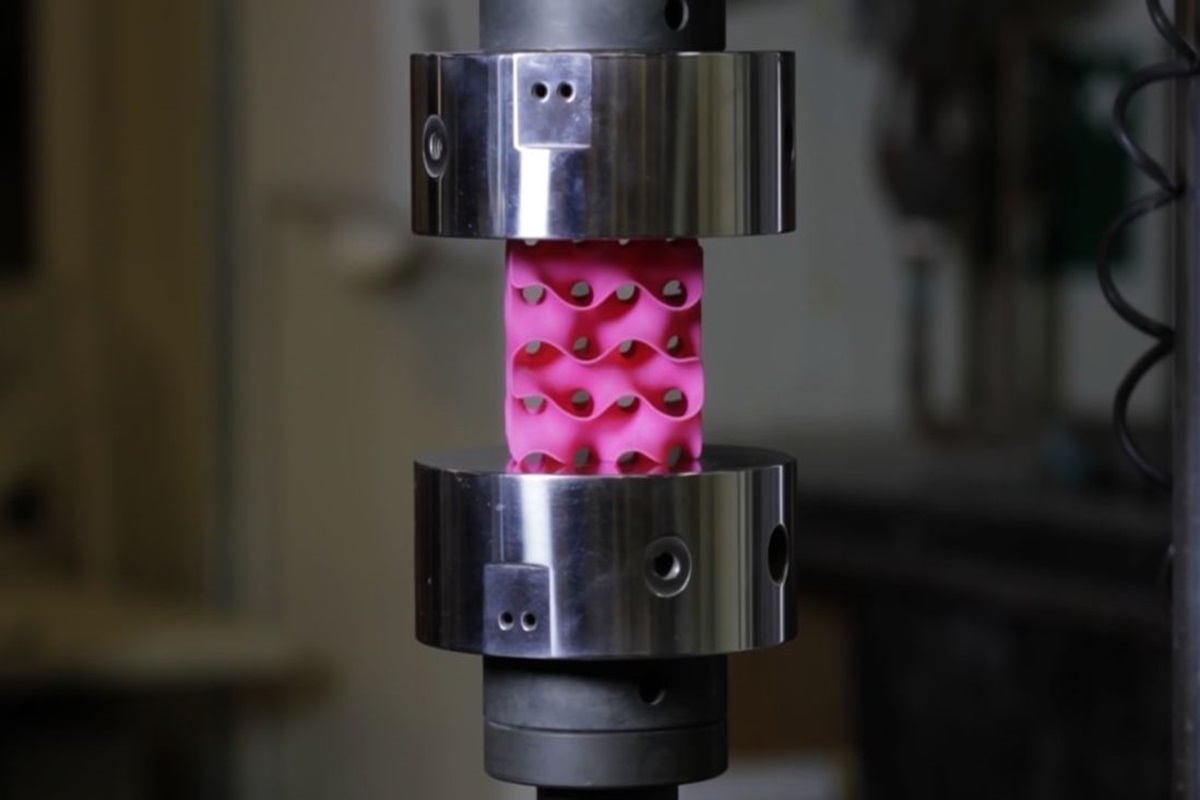
The researchers, Sourabh Saha and Jungho Choi, devised a technique for printing metal nanostructures that is 480 times faster and 35 times cheaper than conventional methods, making it accessible to a broader range of research labs and small businesses.
Technological progress in numerous fields relies on the ability to print metallic structures at the nano scale, which is hundreds of times smaller than a human hair’s width. Nano-scale printing, also known as nanopatterning, is crucial for developing technologies like electronic devices, solar energy conversion, and sensors.
Saha and Choi questioned the necessity of high-intensity femtosecond lasers for nanoscale printing and sought a low-cost, low-intensity light source that could achieve similar results. They opted for superluminescent light-emitting diodes (SLEDs) due to their commercial availability. SLEDs emit light a billion times less intense than femtosecond lasers, making them a cost-effective alternative.
Their innovative approach utilizes superluminescent light to generate sharply focused images with minimal defects. They developed a clear ink solution containing metal salt, and upon exposure to light from the projection system, a chemical reaction occurred, converting the salt solution into metal. The metal nanoparticles adhered to the glass surface, forming the desired nanostructures. The projection-type printing allows the entire structure to be printed in one go, significantly speeding up the process compared to point-by-point printing.
After testing the technique, the researchers found that nanoscale printing is possible even with low-intensity light, provided the images are sharply focused. The SLED used in their printer costs about $3,000, making it an affordable alternative to femtosecond lasers, which can cost up to half a million dollars. Saha and Choi believe their technique can be readily replicated using commercially available hardware, democratizing nanoscale 3D printing capabilities and facilitating greater access to this process at a lower cost.

